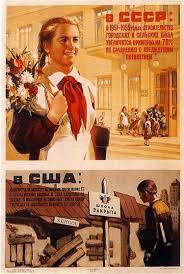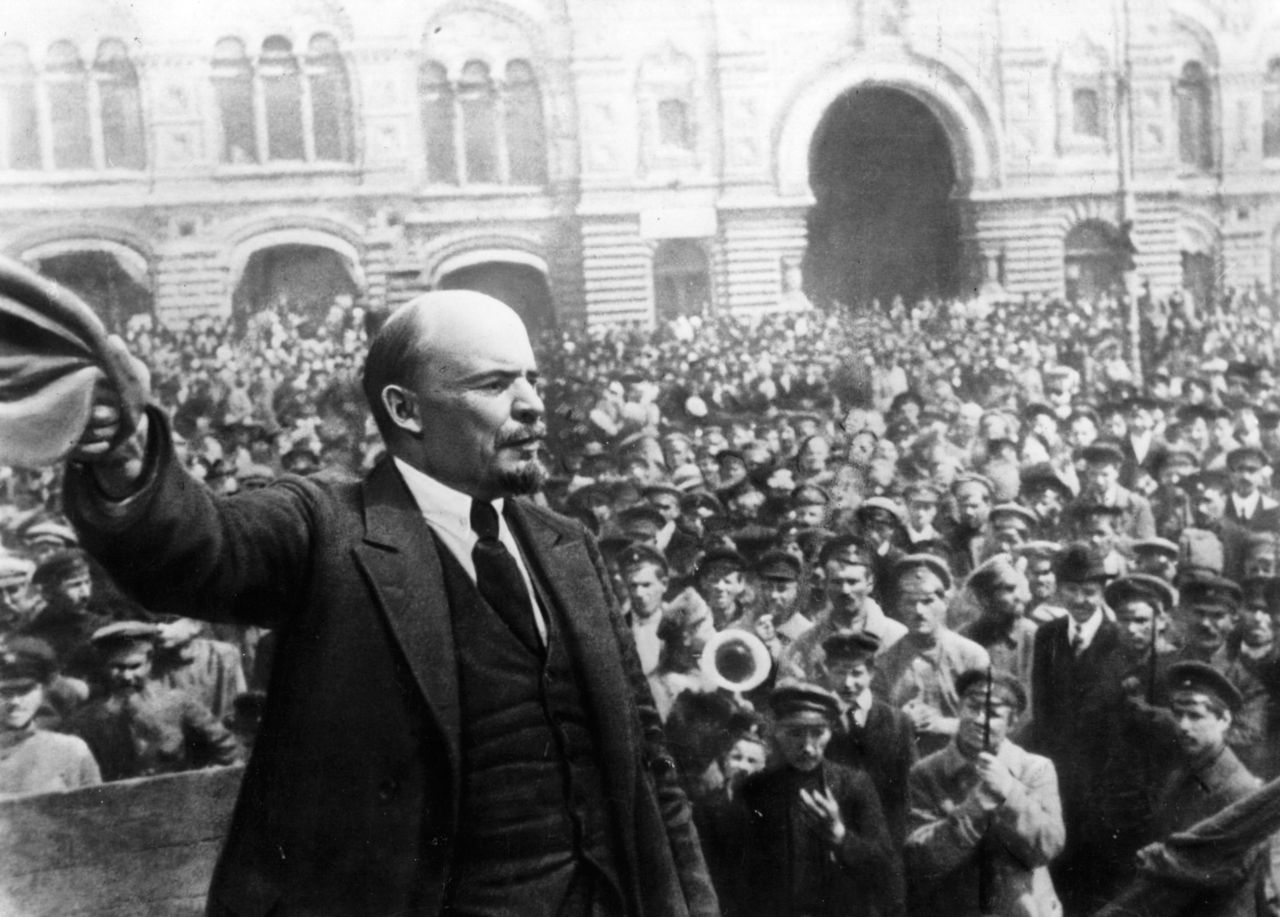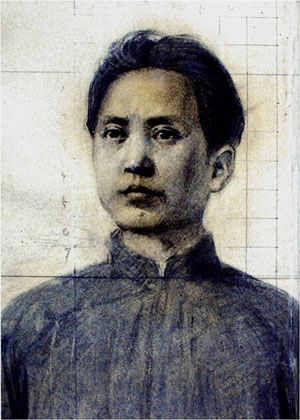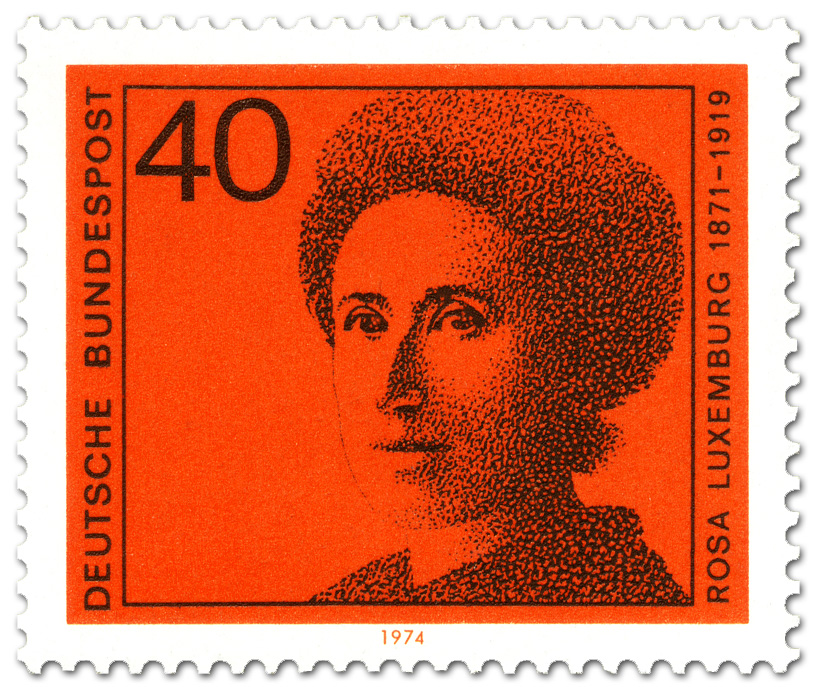
The Role of Leadership versus the Impact of Institutions. Our goal in this course is to answer four questions: 1) Why was world communism appealing? 2) Why did its noble ideals become deformed? 3) Why did it last as long as it did? 4) Why did it fail? Today, I will begin by talking about the sometimes complementary, sometimes contradictory roles of leadership and institutions. I will also discuss why we should study world communism as a process of development, and not as a fixed and immutable set of institutions and ideas.
-
Stephen F. Cohen, Rethinking the Soviet Experience, ch. 2: Course Reader
-
“Z” (Martin Malia), “To the Stalin Mausoleum,” Daedalus, 119, 1 (1990): only sections I, II, XI, and XII. Course Reader
Writing assignment: Please write a one-paragraph response (no more!) to the following question and turn it in to Greg. “Why is Cohen’s critique of the Whig interpretation of history relevant to his debate with ‘Z’?” Make sure you bring your Reader to this section. As a matter of principle, you should always have your materials in front of you.
3. LECTURE: Monday, January 19
The Founders: Karl Marx and Friedrich Engels’ Communist Manifesto. The Communist Manifesto is one of the most important documents of modern times. It offers a breathless outline of Marx’s prophecies about world revolution. It is also full of ambiguities, all of which are important in the evolution of communism.

As you read the Manifesto, ask yourself: What made this pamphlet so attractive for revolutionaries across the world and over one and on-half centuries?
-
Read only sections 1, 2, and 4.
- For background, read this brief excerpt from Friedrich Engels’ The Condition of the Working Class in England.
- If you are interested, for a useful study guide on the Manifesto, see HERE
4. LECTURE: Wednesday, January 21
The (First) Rise and Fall of Communism: Western Europe. In this lecture, I will describe two different images of the path to socialism in Europe. As you read about them, imagine that you are living at the cusp of 20th century Europe: What key issues are Bernstein and Luxemburg raising? What conception would make the most sense to you?
-
Eduard Bernstein, Evolutionary Socialism (1899), Preface: HERE (Print and Read)
5. DISCUSSION SECTION: Friday, January 23
The goal of this section is to discuss not only what Marx says about world revolution but also how his remarks could be differently interpreted by successive generations of communists. Don’t forget to bring the Communist Manifesto to your discussion section.
Writing assignment: “If, according to Marx, the bourgeoisie’s “fall and the victory of the proletariat are equally inevitable,” why do you need Communists to “point out and bring to the front the common interests of the movement as a whole”? Turn in this paragraph to Greg on Friday (i.e., today).
6. LECTURE: Monday, January 26
The World Revolution’s Unanticipated Setting: Russia. None of the early communists, not even Marx or Engels, expected their revolution to take place in Russia. Why did the revolution occur first in Russia? One must consider the setting of the revolution in order to understand two essential facts about world communism: 1) the Russian context was better suited than the modern industrial world to live up to Marx’s prophecies; and 2) the fact that the revolution first occurred in this setting set the stage for conflict in the international communist movement for generations to come..
-
William Rosenberg and Marilyn Young,Transforming Russia and China, pp. 3-34.
7. LECTURE: Wednesday, January 28
Lenin asks and answers the Question: “What is to be Done?” Lenin provides the foundational definition of the Communist party. But 15 years later, he gives us some potentially contradictory suggestions about the utopian society to come. More than Marx, Lenin becomes the icon of world revolution.
Lenin provides the foundational definition of the Communist party. But 15 years later, he gives us some potentially contradictory suggestions about the utopian society to come. More than Marx, Lenin becomes the icon of world revolution.
-
Vladimir I. Lenin, What is to be Done? (1901-1902): excerpts HERE. (Print and Read)
-
Vladimir I. Lenin, State and Revolution (1917): Excerpts HERE (Print and Read)
-
Rosenberg and Young, Transforming Russia and China, pp. 35-71.
-
Background reading about Lenin: HERE.
- Sergei Eisenstein’s depiction of the Revolution: You Tube
In preparation for your discussion section on Friday, Greg and I are asking you to participate in a discussion on Sakai (see the link on the left column) about the following question:
“In which of Lenin’s two works, What is to be Done? and State and Revolution, do we find the real Lenin? Or do they both present us with the real Lenin?”
There is no paragraph assignment for Friday.
8. DISCUSSION SECTION: Friday, January 30
What are the similarities between Lenin’s What is to be Done? and his State and Revolution? What are the differences? Are these differences necessarily contradictory? Is the first pragmatic, and the second merely propaganda?
In State and Revolution, Lenin refers to the Paris Commune of 1871. Lenin’s highly romanticized depiction of the Commune was subsequently used by communist regimes to present an image of truly participatory politics after the passage to socialism was completed. Yet, the Commune was much less of a success than they maintained. For background, you may skim this description. HERE
9. LECTURE: Monday, February 2
China’s different antecedents to Revolution. In this lecture, I draw upon China’s history to present the background to two different paths to revolution. Later, this will allow me to explain why these paths had significant consequences for world communism.
-
Rosenberg and Young, Transforming Russia and China, pp. 72-119.
-
Sun Yatsen in Paris: HERE
-
Robert Tucker, “Marxism and Communist Revolutions”: HERE (Print)

-
Mao Zedong, “Report on an Investigation of the Peasant Movement in Hunan,” March 1927: HERE (Print)
10. LECTURE: Wednesday, February 4
The Battles over the Russian Path to World Revolution. The idea of an international proletarian revolution seemed straightforward to the early Marxists. But when the revolution came to Russia instead of the West, the event unleashed a debate among Soviet leaders about the implications of this experience. Their conclusions about building socialism within their country were profoundly different.
-
Rosenberg and Young, Transforming Russia and China, 120-35, 147-66.
-
“Z,” “Stalin Mausoleum,” sections II-V. Course Reader
-
Nikolai Bukharin, “The New Economic Policy of Soviet Russia,” July 8, 1921: HERE (Print)
-
J. V. Stalin, “The October Revolution and the Tactics of the Russian Communists” (excerpt), Dec. 17, 1924: HERE (Print)
-
J. V. Stalin, “Bukharin’s Group and the Right Deviation in our Party,” January 1928: HERE(Print)
11. DISCUSSION SECTION: Friday, February 6
One paragraph writing assignment:
In many ways, Lenin’s What is to be Done? and Mao Zedong’s Report on the Peasant Movement in Hunan present different types of arguments. But, what primary feature do their arguments share in common? There is no single right answer to this question. Just pick the answer that you find most compelling.
The goal of this section is to provoke you into inquiring about the similarities and differences of communist movements in diverse settings. One cannot simply say that communism is the same wherever you go; this was the big mistake that American policymakers frequently made during the Cold War. Still, we don’t want to say that communist regimes were different wherever one found them. After all, if they were all different, why should we even use the same word “communist” to characterize them?
All of these issues should reverberate throughout your study of political science. The best way to understand anything is to compare it with something else. Then, ask: What are the similarities? What are the differences? This is one of the best things you get out of traveling and living abroad. When I am visiting really interesting cities–Pyongyang, Hanoi, Berlin, Beijing–I learn something about them but even more about the United States.
The use of electronic devices of any kind, including laptops, I-pads, cell phones, video cameras, and personal digital devices, is prohibited in my classroom!

